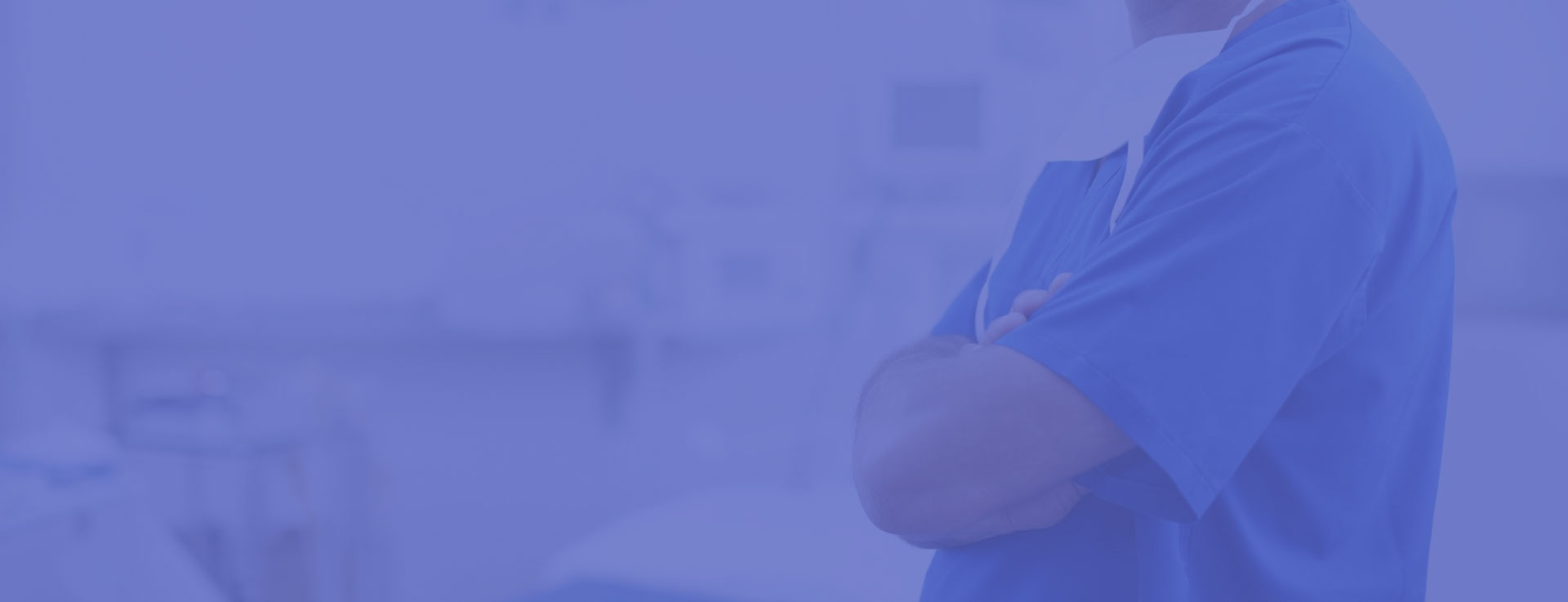 Diverticula are small bulges or pockets that can develop in the lining of the intestine as you get older.
Diverticula are small bulges or pockets that can develop in the lining of the intestine as you get older.
Most people with diverticula do not get any symptoms and only know they have them after having a scan for another reason.
When there are no symptoms, it is called diverticulosis.
When diverticula cause symptoms, such as pain in the lower tummy, it’s called diverticular disease.
If the diverticula become inflamed or infected, causing more severe symptoms, it’s called diverticulitis.
CAUSES THE DEVELOPMENT OF DIVERTICULA
The short answer is that it is still uncertain what causes diverticula to develop.
The most important risk factor is age: after the age of 40, they become commoner with increasing age such that about 2 out of 3 people will develop diverticula during their lifetime.
A lot of interest had been placed in lifestyle factors. Obesity and a high body mass index are commoners in patients with diverticula. It was widely thought that people who had a low-fiber diet were more likely to develop diverticula but this is not the case in recent studies.
SYMPTOMS
The most common symptoms include:
- lower abdominal pain
- bloating (increase in abdominal size due to gas)
- change in bowel habits (diarrhea or constipation)
- and mucus or blood in the stool.
The pattern of symptoms varies from one person to the next, but the pain is often crampy, comes and goes, and is commonly focussed on the left side of the abdomen where the diverticula most often occur. Pain and bloating can often start after food is eaten and may ease when a stool or wind is passed. Many people experience a change with diarrhea one day and constipation the next.
It is important to remember that many symptoms of diverticular disease may overlap with conditions such as irritable bowel syndrome (IBS), colitis, and cancer.
DIAGNOSIS
This may involve blood tests. If necessary, you’ll be referred for a colonoscopy, a CT scan, or sometimes both.
Colonoscopy A colonoscopy is where a thin tube with a camera at the end (a colonoscope) is inserted into your bottom and guided up into your bowel. The doctor will then look for any diverticula or signs of diverticulitis.
CT scan This might be done instead of a colonoscopy or in combination with one called a CT colonography or virtual colonoscopy.
COMPLICATIONS
Relatively few patients ever get complications severe enough for them to be admitted to the hospital and very few people die of this very common disease. However, in some cases, complications can occur and these include:
• Inflammation (Diverticulitis)
This is the most common complication, occurring between 1 in 10 to 1 in 4 people with the condition. The current theory is that inflammation and/or infection occurs as a result of an overgrowth of bacteria in the diverticula. Signs that this has happened include worsening abdominal pain, high temperature, nausea (feeling sick), or vomiting (being sick). Complicated diverticulitis requiring hospitalization is normally treated with antibiotics and fluids. Sometimes, when the infection is severe, it can cause further complications such as a collection of pus (abscess), an obstruction (blockage of the bowel), or a perforation. If these complications arise, an operation to remove part of the colon, or a needle placed into the collection of pus may be needed.
• Blockage of the gut
Scar tissue can sometimes form around the inflamed diverticulum. This may lead to the narrowing of the colon, which can cause a blockage.
• Perforation
Perforation in the diverticulum: sometimes an inflamed pouch (diverticulum) can burst, breaching the wall of the bowel and leading to peritonitis, a serious condition with widespread inflammation in the whole of the abdomen. Bleeding: a blood vessel in the wall of a diverticulum can rupture leading to bleeding into the colon.
• Fistulas
Rarely, the presence of diverticula may lead to the formation of abnormal connections or tracts (fistulas) between the gut and other organs such as the bladder or vagina. Signs of this include small amounts of stool in the urine or foul-smelling discharge from the vagina and, if diagnosed, surgery is usually necessary.
Treatments for diverticular disease
Diet
Eating a high-fiber diet may help ease the symptoms of diverticular disease and stop you from developing diverticulitis.
Generally, adults should aim to eat 30g of fiber a day.
Good sources of fiber include fresh and dried fruits, vegetables, beans and pulses, nuts, cereals, and starchy foods.
Fibre supplements, usually in the form of sachets of powder that you mix with water, are also available from pharmacists and health food shops.
Gradually increasing your fiber intake over a few weeks and drinking plenty of fluids can help prevent side effects associated with a high-fiber diet, such as bloating and farting.
Medicine
Paracetamol can be used to relieve pain.
Some painkillers, including aspirin and ibuprofen, should not be taken regularly as they can cause stomach upsets. Laxative to help ease any constipation or diarrhea.
Surgery
It may be needed to treat serious complications of diverticulitis. Surgery usually involves removing the affected section of your large intestine. This is known as a colectomy. This is the treatment for rare complications such as fistulas, peritonitis, or a blockage in your intestines.
After a colectomy, you may have a temporary or permanent colostomy, where one end of your bowel is diverted through an opening in your tummy.
The most common complication of diverticulitis is developing abscesses. These are usually treated with a technique known as percutaneous drainage, which is done by a radiologist.





